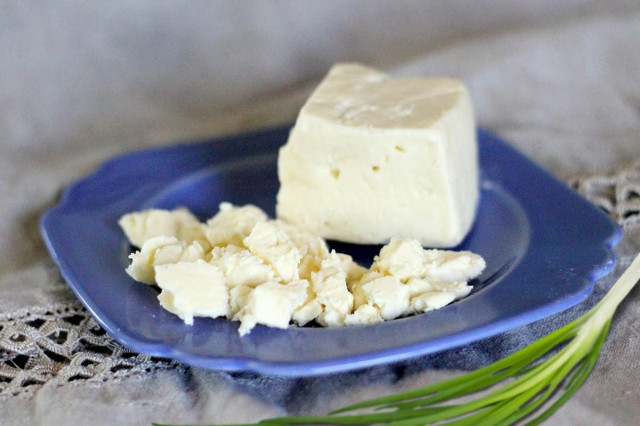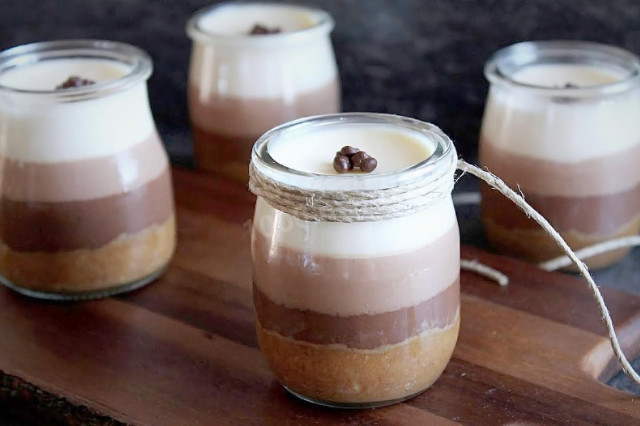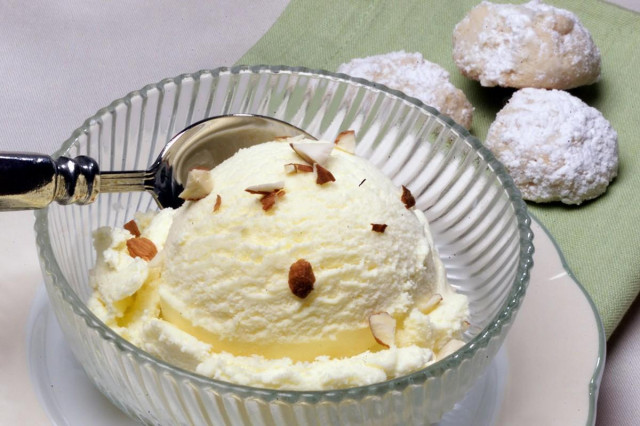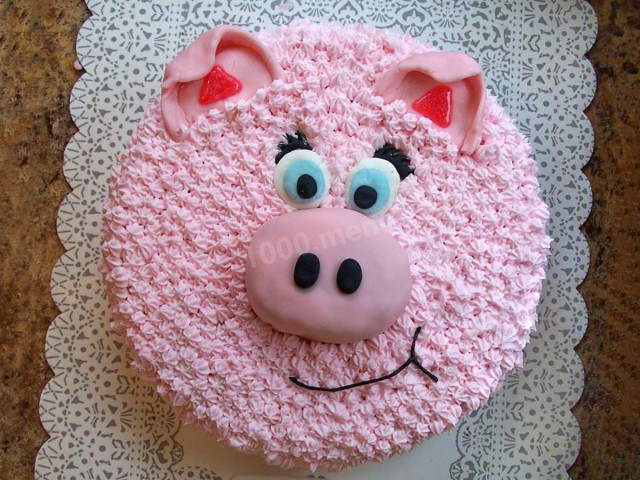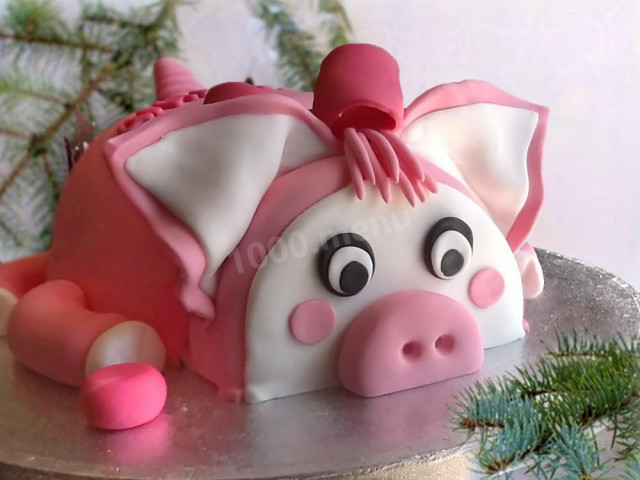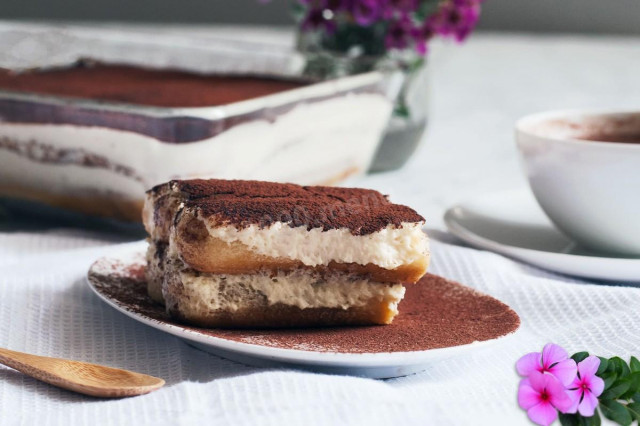Composition / ingredients
Cooking method
It is better to take homemade milk and cottage cheese for making cheese, but you can try to make such cheese from store-bought products. Of course, the cheese will turn out not so tasty and nutritious, but more dietary.
1. Milk with a fat content of at least 3.2 percent (and it's better to take even fatter) is poured into a medium-sized saucepan. We also shift the cottage cheese there and put it on the stove. Over low heat, stirring constantly so that the pieces of cottage cheese do not burn to the bottom of the dishes, heat the milk until the transparent whey separates.
2. Turn off the fire. Slightly cool the resulting curd mass and transfer it to a colander, covered with gauze in several layers. Squeeze the serum, let it drain as much as possible.
3. We put a saucepan with a thick bottom (or a deep frying pan) on the stove and put a piece of butter into it. Melt it over low heat and then add the milk-curd mass cooked earlier. We also add the specified amount of baking soda and salt to the pan, mix everything well and cook the cheese, melt it. The heating is weak. At the same time, stir the contents of the pan all the time so that no lumps form. But! We do not scrape the bottom, because the curd mass will burn slightly. It is necessary that this layer does not fall into the total mass of the future cheese - this may slightly spoil its taste. Cook the cheese on low heat for 10 minutes. As a result, a milk mass of a homogeneous structure should be obtained.
5. We shift the resulting cheese mass into a container covered with gauze, and cover the top with the other end of the gauze. We are waiting for the future cheese to cool down to room temperature. Then put the container in the refrigerator for 2-3 hours, until the cheese is completely frozen. You can leave it for the whole night.
As soon as the cheese has frozen, we take it out of the container, remove the gauze and put it on a dish. You can start tasting! The cheese turns out very tasty and healthy.
Bon appetit!
Calorie content of the products possible in the composition of the dish
- Whole cow's milk - 68 kcal/100g
- Milk 3.5% fat content - 64 kcal/100g
- Milk 3.2% fat content - 60 kcal/100g
- Milk 1.5% fat content - 47 kcal/100g
- Concentrated milk 7.5% fat content - 140 kcal/100g
- Milk 2.5% fat content - 54 kcal/100g
- Cottage cheese of 40% fat content - 466 kcal/100g
- Cottage cheese of 20% fat content - 233 kcal/100g
- Cottage cheese of 18% fat content - 226 kcal/100g
- Cottage cheese of 10% fat content - 156 kcal/100g
- Low-fat cottage cheese - 75 kcal/100g
- Cottage cheese with sour cream - 260 kcal/100g
- Fruit curd - 147 kcal/100g
- Soft dietary cottage cheese - 170 kcal/100g
- Vitalinia cottage cheese - 64 kcal/100g
- Cottage cheese "morning" ( "danone") without sugar - 91 kcal/100g
- Cottage cheese - 156 kcal/100g
- Butter 82% - 734 kcal/100g
- Amateur unsalted butter - 709 kcal/100g
- Unsalted peasant butter - 661 kcal/100g
- Peasant salted butter - 652 kcal/100g
- Melted butter - 869 kcal/100g
- Salt - 0 kcal/100g
- Baking soda - 0 kcal/100g

